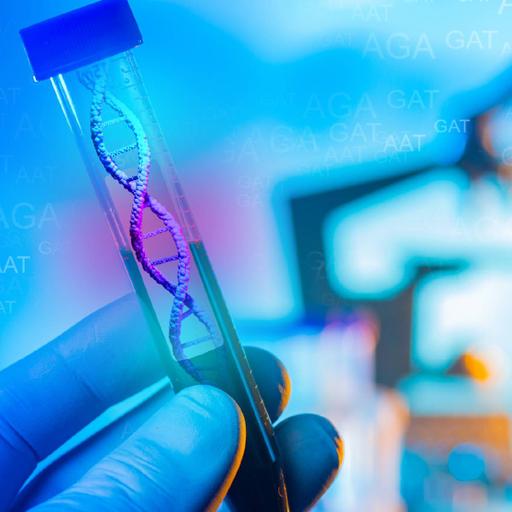Bacteria Genetic Structure
Presentations | English
The bacterial genetic material is a single, circular molecule of DNA not arranged into a chromosome. Bacteria can have several shapes (e.g., rod shaped; filamentous; spiral shaped). Many bacteria cause disease by producing toxins. Unlike the DNA in eukaryotic cells, which resides in the nucleus, DNA in bacterial cells appears as a long coil distributed through the cytoplasm. As in all organisms, bacterial DNA contains the four nitrogenous bases adenine (A), cytosine (C), guanine (G), and thymine (T). The rules of base pairing for double-stranded DNA molecules require that the number of adenine and thymine bases should be equal. The cytoplasm of bacteria contains high concentrations of enzymes, metabolites, and salts. In addition, the proteins of the cell are made on ribosomes that are scattered throughout the cytoplasm. There are numerous inclusion bodies, or granules, in the bacterial cytoplasm.

Free
PPTX (41 Slides)
Bacteria Genetic Structure
Presentations | English
